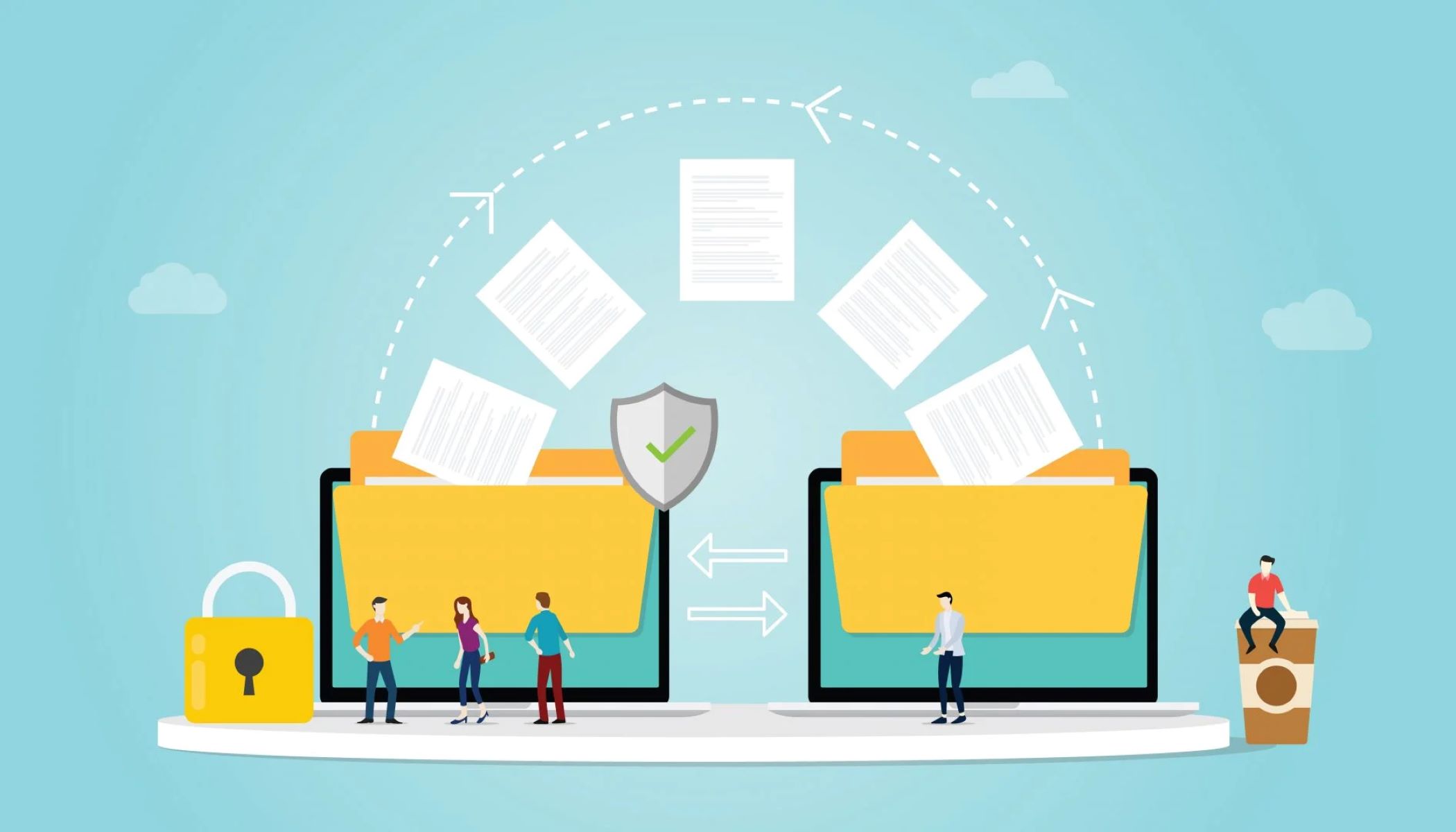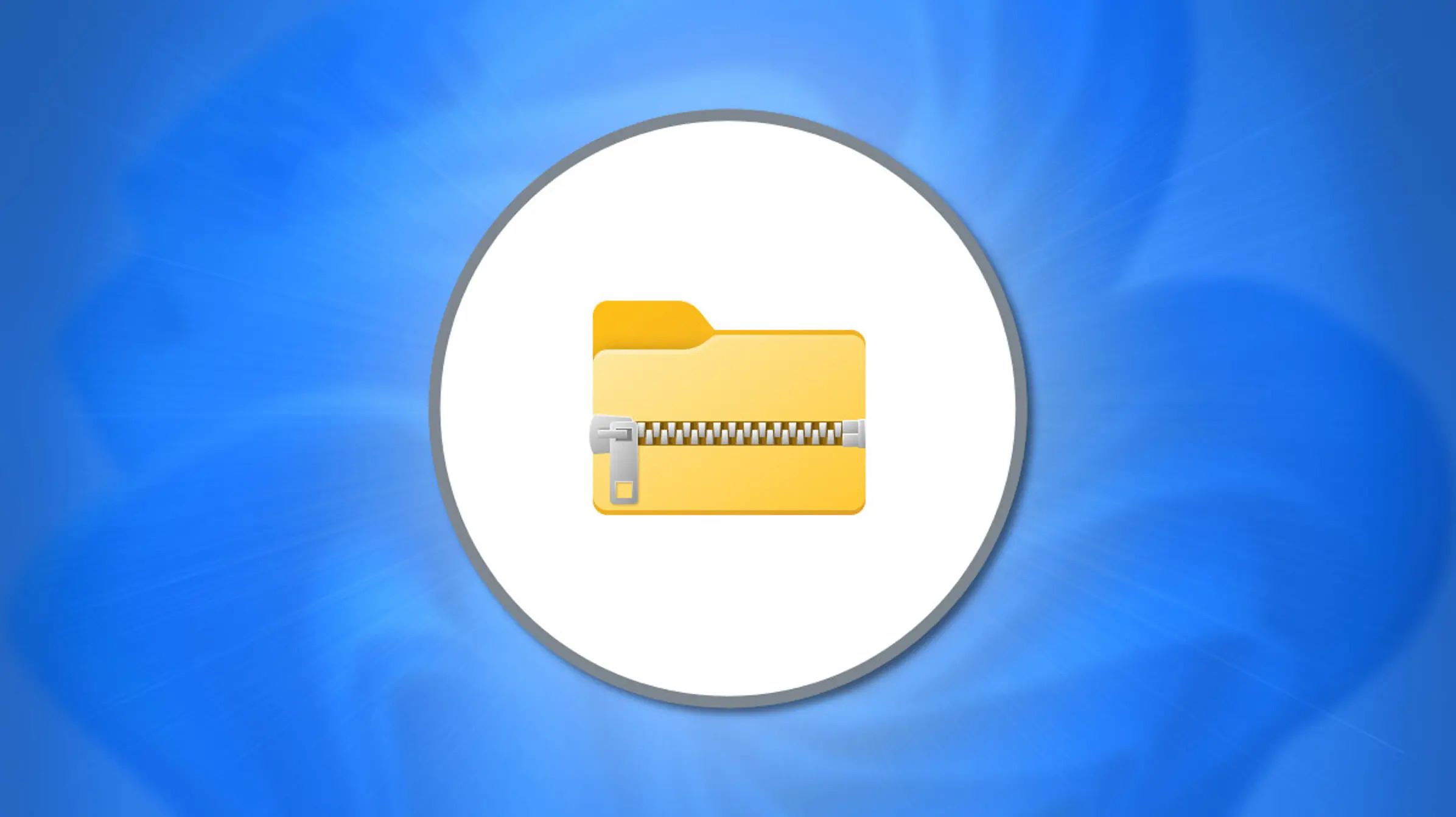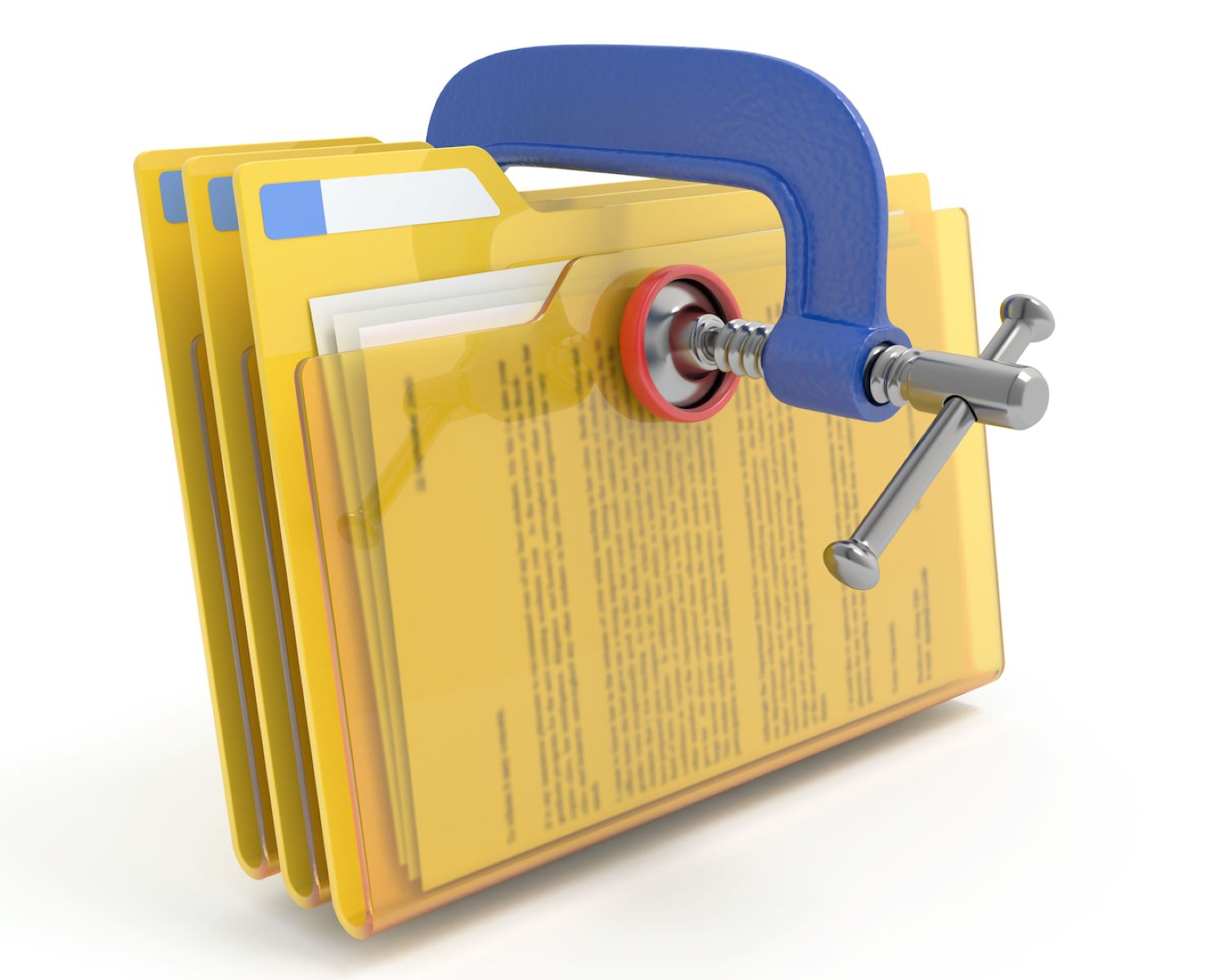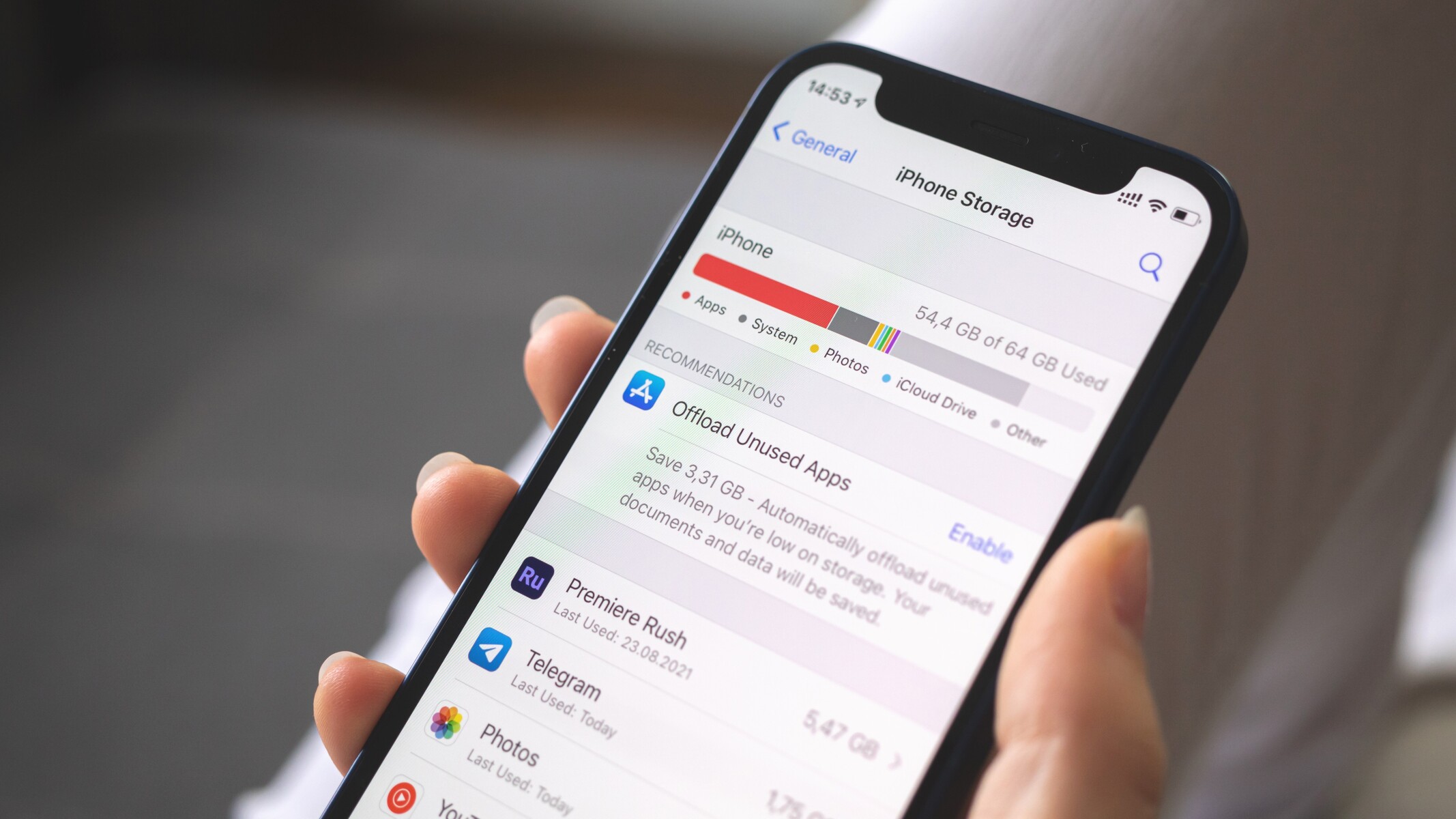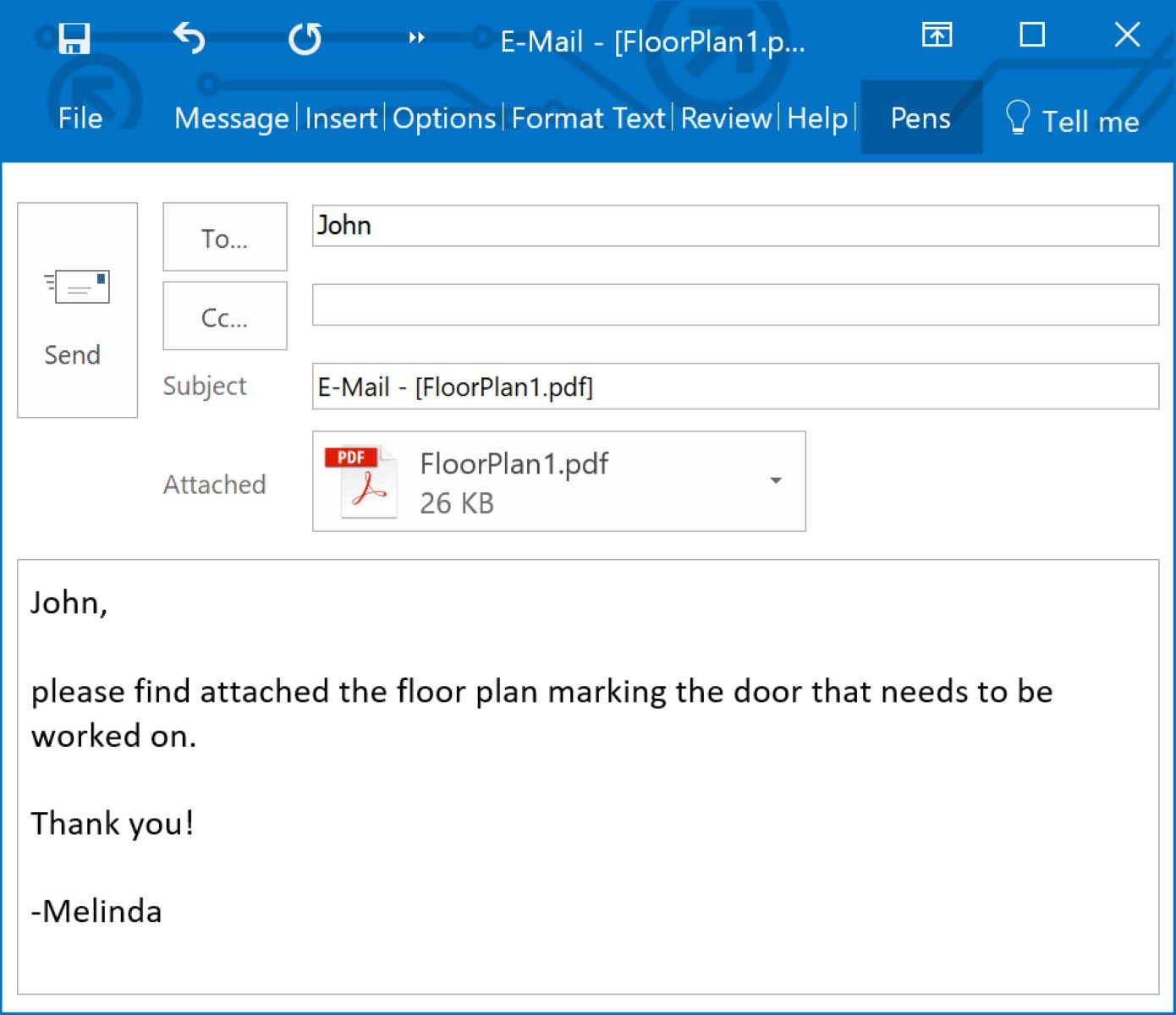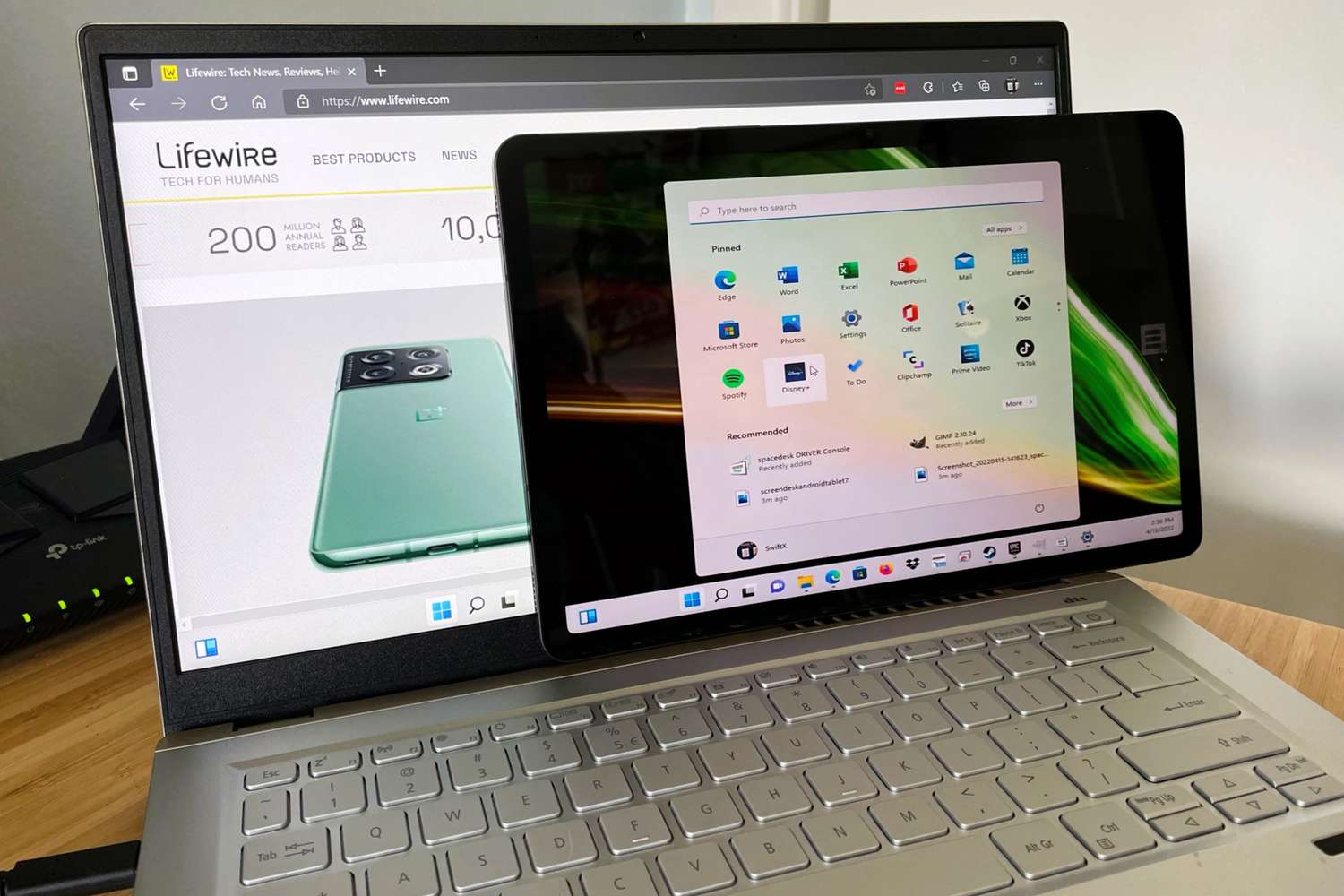Introduction
Welcome to this article on email file size limits. In today’s digital age, email has become an integral part of communication, allowing us to easily share files, documents, and media with others. However, one common concern that arises when sending files via email is the file size limit imposed by email providers. Understanding these limits is crucial to ensure that your attachments are successfully delivered without any disruption or inconvenience.
File size limits refer to the maximum size of an attached file that can be sent through an email. Different email providers have different limits in place, which can vary significantly. Exceeding these limits can result in bounced-back emails, failed delivery, or even loss of data. It is therefore essential to be aware of these limitations and understand the factors that might affect them.
In this article, we will explore the concept of email file size limits and discuss the factors that can influence these limits. We will also provide insights into specific email providers and their respective file size restrictions. Additionally, we will share some valuable tips for sending large files via email and discuss alternative methods that can be used for transmitting large attachments. By the end of this article, you will have a comprehensive understanding of email file size limits and the best practices for sharing files effectively.
Understanding email file size limits
When it comes to sending files via email, it is vital to have a clear understanding of email file size limits. These limits determine the maximum size of attachments that can be included in an email. Exceeding these limits can result in various issues, including bounced messages, failed delivery, and the loss of important data.
Email service providers set file size limits for a variety of reasons. One of the primary reasons is to ensure efficient use of their resources. Large file sizes can consume significant amounts of storage space on email servers, leading to performance issues. By enforcing size limits, email providers can manage server loads and maintain a smooth email experience for their users.
Another reason for file size limits is to prevent abuse of email systems. Sending extremely large attachments can be used as a method for distributing spam or malicious content. By imposing file size limits, email providers can mitigate the risk of abuse and protect their users from potential security threats.
It is important to note that the maximum file size limit for attachments is typically set by the email service provider. This means that different providers may have varying limits in place. For example, some providers may have a limit of 25MB, while others may allow attachments up to 50MB or even higher.
File size limits can also vary depending on the type of email account you have. Free email accounts, such as those offered by Gmail or Yahoo, tend to have lower file size limits compared to paid email services or business accounts.
Furthermore, it is crucial to understand that email file size limits apply not only to the files you are attaching but also to the entire email, including the message body and any other attachments. So, if you have multiple attachments or a lengthy email message, it is essential to consider the cumulative size of all elements.
By understanding these email file size limits, you can effectively manage your attachments and ensure successful delivery. In the next section, we will explore the factors that can influence these limits and provide insights into specific email providers and their respective file size restrictions.
Factors affecting email file size limits
While email service providers set file size limits, these limits can be influenced by a range of factors. Understanding these factors can help you navigate file size restrictions effectively and maximize the chances of successful email delivery.
1. Email provider policies: Different email providers have their own policies and guidelines when it comes to file size limits. Some providers may have more generous limits, while others may be more restrictive. It is essential to familiarize yourself with the specific limits imposed by your email service provider.
2. Account type: The type of email account you have can also affect the file size limits. Free email accounts often have lower limits compared to paid accounts or business email services. If you frequently need to send large attachments, consider upgrading to a premium or business account to benefit from higher file size limits.
3. Attachment method: The method you use to attach files can impact the overall file size limit. Certain email providers offer features like cloud storage integration, allowing you to share large files by providing download links instead of attaching them directly. This can bypass file size limits and provide a more convenient way to share files.
4. Email protocol: The email protocol you use can affect the maximum file size limits. For example, the standard Simple Mail Transfer Protocol (SMTP) has inherent limitations on file size. Some email providers may use alternative protocols like Exchange ActiveSync, which can offer higher file size limits.
5. Recipient limitations: It’s important to consider the recipient’s email account limitations as well. Even if you can send large attachments, the recipient’s email service provider may have lower file size limits in place. Before sending a large file, it’s a good practice to check with the recipient to ensure they can receive the file without any issues.
6. Network bandwidth: Slow internet connections or limited bandwidth can impact the ability to send or receive large files. If you’re experiencing difficulties sending attachments of significant sizes, consider optimizing your network or exploring alternative methods for transferring files.
By considering these factors, you can better understand the limits imposed on file sizes and take appropriate measures to overcome them. In the next section, we will delve into specific email providers and their respective file size restrictions.
Email providers and their file size limits
When it comes to email file size limits, different email service providers have their own specific restrictions. Understanding the limits imposed by specific providers can help you determine the maximum file size you can send via email. Here are some popular email providers and their respective file size limits:
1. Gmail: Gmail, one of the most popular email providers, has a file size limit of 25MB for attachments. However, Gmail provides an alternative method called Google Drive integration, which allows you to share larger files by including a download link in the email.
2. Outlook.com (formerly Hotmail): Outlook.com has a file size limit of 10MB for attachments. Similar to Gmail, Outlook.com offers integration with OneDrive, where you can upload large files and share them via a link in the email.
3. Yahoo Mail: Yahoo Mail allows attachments up to 25MB in size. Similar to Gmail and Outlook.com, Yahoo Mail provides integration with Yahoo Mail Drop, which enables you to share large files through a link instead of attaching them directly.
4. iCloud Mail: For those using iCloud Mail, the maximum file size for attachments is 20MB. If needed, you can upload larger files to iCloud Drive and share them via a link in the email.
5. Office 365: Business and enterprise users subscribing to Office 365 can send attachments up to 150MB in size. This higher limit is beneficial for organizations that need to share large files internally or with clients.
It’s important to note that these are just a few examples, and file size limits can vary based on the specific version or plan you are using. Additionally, these limits may change over time as email service providers update their policies and infrastructure.
In cases where you need to exceed the file size limits imposed by your email provider, it is worth considering alternative methods for sharing large files. These methods may include using file-sharing platforms like Dropbox or sending files through specialized file transfer services.
By understanding the file size limits of different email providers, you can choose the most suitable platform for sending attachments based on your specific requirements. In the next section, we will provide some useful tips for sending large files via email within the limits imposed by the email providers.
Tips for sending large files via email
While email file size limits can sometimes pose a challenge, there are several tips and techniques you can employ to successfully send large files via email. By following these suggestions, you can maximize your chances of hassle-free file sharing:
1. Compress files: Use file compression software, such as ZIP or RAR, to reduce the size of large files before attaching them to your email. Compressing files can significantly reduce their size, making them easier to send within the file size limits set by email providers.
2. Resize images: Images are often the main contributors to large file sizes. Before attaching them to your email, resize images to a smaller dimension or lower resolution, which can help decrease their file size without compromising quality.
3. Use cloud storage: Instead of attaching large files directly to your email, consider uploading them to a cloud storage service like Google Drive, Dropbox, or OneDrive. You can then share a download link to the file in your email. This method bypasses file size limits and allows for seamless file sharing.
4. Split large files: If a file is too large to send as a whole, consider splitting it into smaller segments using file splitting software. This allows you to send multiple email attachments, each within the file size limits set by the email provider, and the recipient can easily reassemble the file on their end.
5. Verify recipient’s email limits: Before sending a large file, confirm with the recipient that their email provider allows for receiving files of that size. This ensures that the file can be successfully delivered and prevents any issues on the recipient’s end.
6. Use FTP or file transfer services: For very large files that exceed email file size limits, consider using FTP (File Transfer Protocol) or specialized file transfer services. These methods are designed specifically for transferring large files and provide a secure and efficient way to share files with others.
Remember, it’s important to be mindful of the file size limits imposed by email providers and to respect those limits to ensure smooth and successful file sharing. By employing these tips and techniques, you can overcome the constraints of file size limits and easily share large files through email.
Alternative methods for sending large files
While email is a convenient way to share files, it may not always be suitable for large attachments due to file size limitations. Thankfully, there are alternative methods available for sending large files effectively and securely. Here are some popular options:
1. Cloud storage services: Cloud storage platforms like Google Drive, Dropbox, and OneDrive offer the ability to upload large files and easily share them with others. These services provide a simple and efficient way to store, sync, and share files, eliminating the need for email attachments. Simply upload the file to your cloud storage and share a link with the recipient.
2. File transfer services: Dedicated file transfer services like WeTransfer, SendSpace, and Filemail specialize in securely transferring large files. These services typically allow you to upload the file to their servers and generate a download link that you can share with the recipient. This method is particularly useful when sending files that exceed the file size limits imposed by email providers.
3. FTP (File Transfer Protocol): FTP is a standard network protocol that enables the transfer of files between computers on a network. It is commonly used for transferring large files or large quantities of files. You can set up an FTP server or use an FTP client to send and receive files securely over the internet.
4. Peer-to-peer (P2P) file sharing: P2P file sharing allows direct communication and file transfer between two or more computers without the need for a central server. Platforms like BitTorrent and Resilio Sync use a decentralized approach, making it ideal for sharing large files with multiple recipients simultaneously.
5. Physical storage devices: In certain scenarios, physically mailing or hand-delivering storage devices (such as external hard drives, USB drives, or DVDs) may be the most practical solution for sending extremely large files. This method ensures data security and can bypass any limitations imposed by internet transfer speeds.
Before using any alternative method, it’s important to consider factors such as data security, privacy, and transmission speed. Choose the method that best suits your specific requirements, taking into account the sensitivity of the file, the technical capabilities of the recipient, and the urgency of the transfer.
By exploring these alternative methods, you can overcome the file size limitations of email and ensure the successful and efficient sharing of large files.
Conclusion
In this article, we have explored the world of email file size limits and the various factors that can influence them. Understanding these limits is crucial for successful file attachment and delivery through email. We have learned that different email service providers have their own specific file size restrictions, and these limits can vary based on factors such as account type, attachment methods, and email protocols.
Although email file size limits can sometimes be a challenge, we have discussed several tips and techniques to overcome them. These include compressing files, resizing images, utilizing cloud storage services, splitting large files, verifying recipient limits, and using alternative methods like FTP and file transfer services.
Additionally, we have explored alternative methods for sending large files, such as cloud storage services, file transfer services, FTP, P2P file sharing, and physical storage devices. These alternatives provide efficient and secure ways to share large files when email file size limits are exceeded or are not suitable for the specific scenario.
By understanding the file size limits imposed by email providers, utilizing tips for sending large files via email, and exploring alternative methods, you can successfully navigate the challenges of sharing large files and ensure seamless file transfer.
Remember to always consider the specific needs and limitations of both the sender and the recipient when it comes to file size restrictions and alternative methods. By doing so, you can choose the most appropriate approach to share files effectively and efficiently.
Whether you choose to compress large files, utilize cloud storage, or explore other methods, adapting your file sharing approach to suit the requirements of each situation will ensure smooth and hassle-free communication. With the knowledge gained from this article, you are ready to tackle file size limitations and confidently send and receive large files via email or other suitable methods.









